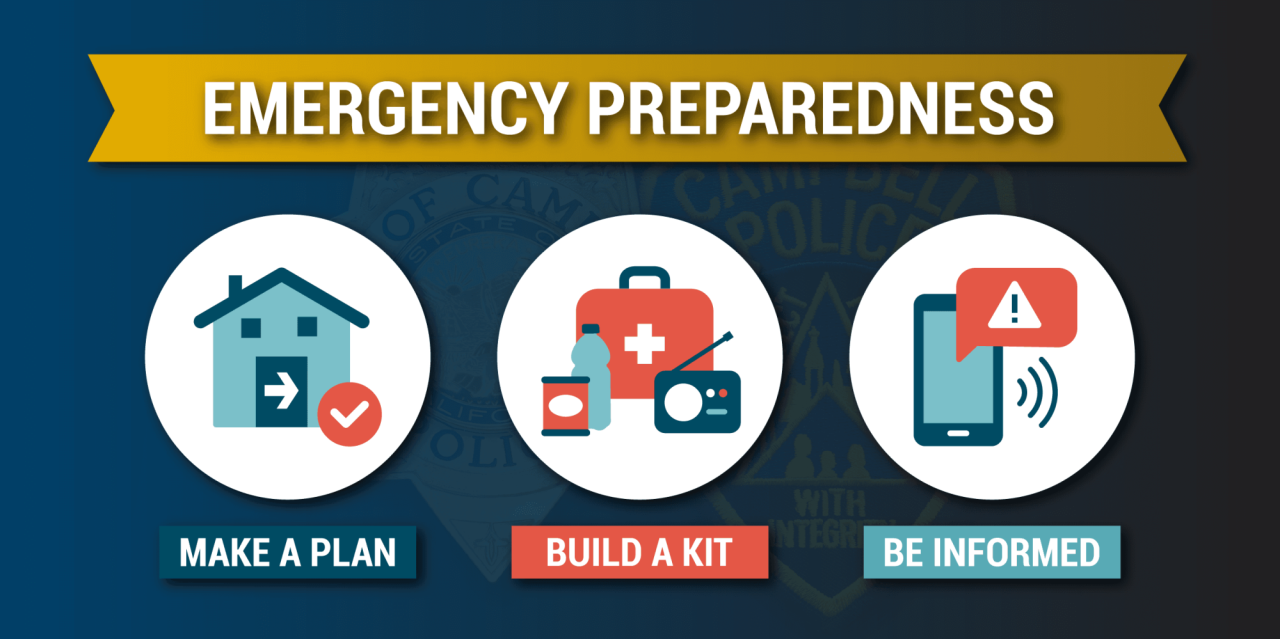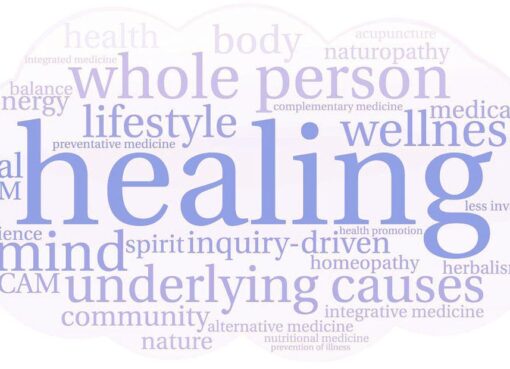Emergency Preparedness and Response

Emergency Preparedness and Response: Safeguarding Communities in Crisis
Emergency preparedness and response are critical aspects of public safety, aimed at minimizing the impact of natural disasters, pandemics, and other emergencies. By developing comprehensive strategies and ensuring timely action, governments and organizations can save lives, reduce property damage, and maintain societal stability during crises.
Understanding Emergency Preparedness and Response
Emergency preparedness refers to the planning and actions taken before a disaster occurs to reduce risks and improve readiness. This includes creating emergency plans, conducting training exercises, and stockpiling essential resources. Emergency response, on the other hand, involves the immediate actions taken during and after a disaster to address urgent needs, such as rescue operations, medical assistance, and resource distribution.
Importance of Emergency Preparedness and Response
Effective emergency preparedness and response are vital for:
- Protecting Lives: Timely actions and well-prepared systems can significantly reduce casualties.
- Minimizing Economic Losses: Preparedness reduces the financial impact of disasters by safeguarding infrastructure and resources.
- Ensuring Continuity of Services: Maintaining critical services, such as healthcare and utilities, supports recovery efforts and public confidence.
- Building Community Resilience: Prepared communities are better equipped to recover and rebuild after a disaster.
Key Components of Emergency Preparedness
- Risk Assessment Identifying potential hazards and assessing vulnerabilities is the first step in emergency planning. This involves analyzing historical data, geographic factors, and population demographics.
- Emergency Planning Developing detailed plans that outline roles, responsibilities, and procedures ensures a coordinated response during crises. These plans should address evacuation protocols, communication strategies, and resource allocation.
- Training and Drills Regular training programs and simulation exercises help emergency personnel and communities understand their roles and improve response capabilities.
- Resource Management Stockpiling essential supplies, such as food, water, medical equipment, and fuel, ensures readiness for prolonged emergencies.
- Public Awareness Campaigns Educating the public about risks and preparedness measures empowers individuals to take proactive steps in safeguarding their families and communities.
Key Elements of Emergency Response
1. Rapid Deployment of Resources
Mobilizing personnel, equipment, and supplies to affected areas is critical for addressing immediate needs.
2. Search and Rescue Operations
Specialized teams work to locate and assist individuals trapped or endangered by disasters.
3. Medical Assistance
Providing urgent medical care to the injured and preventing the spread of disease are priorities in any response effort.
4. Communication and Coordination
Establishing clear lines of communication between agencies and communities ensures effective decision-making and information sharing.
5. Recovery and Rehabilitation
Post-crisis recovery involves restoring infrastructure, supporting affected populations, and rebuilding resilience to future disasters.
Examples of Emergency Preparedness and Response Programs
- FEMA (Federal Emergency Management Agency): In the United States, FEMA provides guidance, funding, and resources for disaster preparedness and response. Learn more at FEMA.
- Red Cross Emergency Services: The Red Cross offers disaster relief, training, and recovery support globally.
- World Health Organization (WHO): The WHO coordinates international efforts to address public health emergencies, such as pandemics and disease outbreaks.
Challenges in Emergency Preparedness and Response
While essential, emergency preparedness and response face several challenges:
- Resource Limitations: Many regions lack the financial and logistical resources required for comprehensive planning.
- Coordination Issues: Ensuring seamless collaboration between multiple agencies can be difficult during complex crises.
- Public Compliance: Engaging communities and encouraging compliance with emergency measures can be challenging, especially in high-stress situations.
- Unpredictability of Disasters: The unique nature and scale of each disaster require adaptable and flexible response plans.
Conclusion
Emergency preparedness and response are fundamental for safeguarding lives and reducing the impact of disasters. By focusing on risk assessment, planning, training, and collaboration, communities can build resilience and enhance their capacity to respond effectively to crises. Explore resources from organizations like FEMA and the Red Cross to learn more about preparing for and responding to emergencies.




Leave a Comment